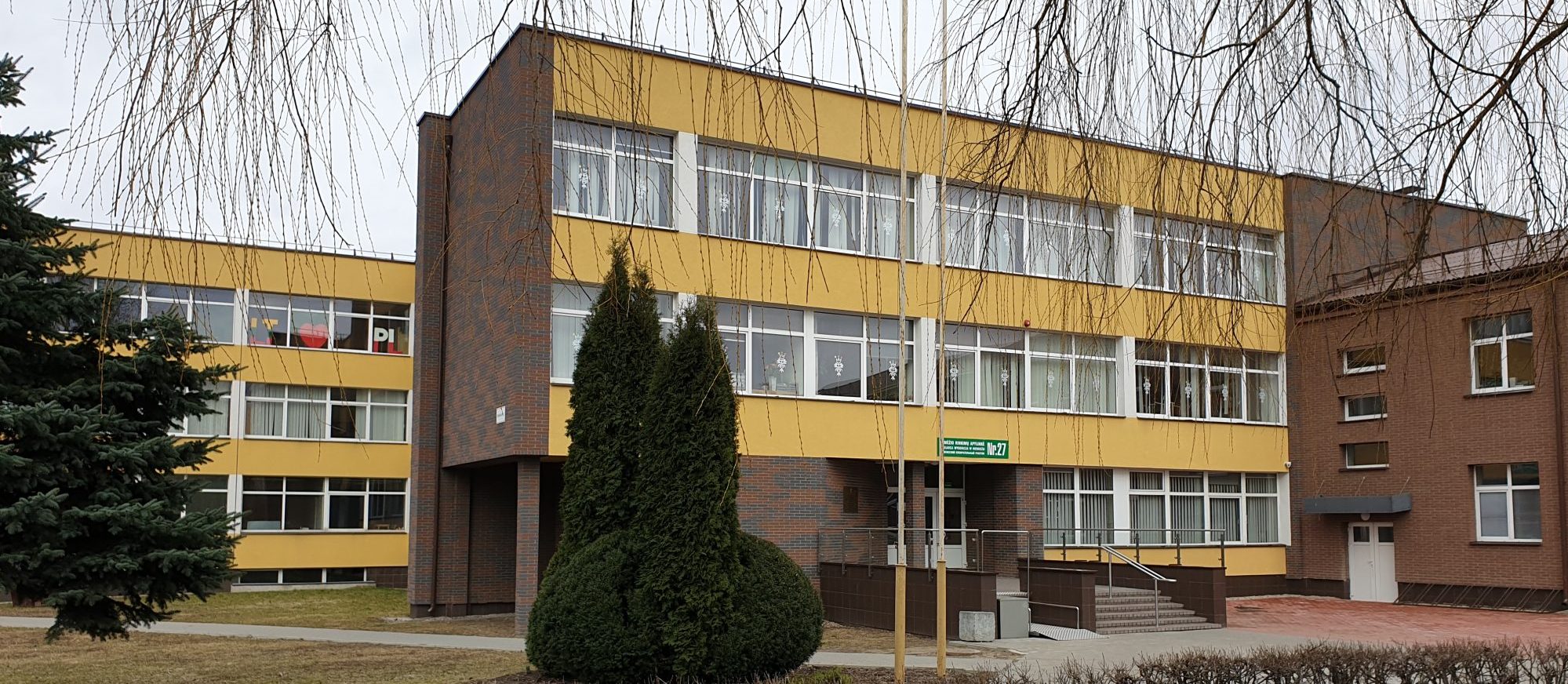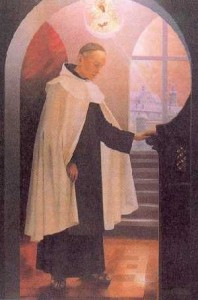Childhood
He was born as Joseph (Józef) to a noble "szlachta" family in the city of Vilna (Wilno). At the time he was born, the area was known as a Russian partition, though it had formerly been part of the Polish-Lithuanian Commonwealth. He was the second son of Andrew Kalinowski, an assistant superintendent professor of mathematics at the local Institute for Nobles (Instytut Szlachecki). His mother, Josephine Połońska, died a few months after he was born, leaving him and his older brother Victor without a mother. His father then married Josephine's sister (a practice that was not uncommon in that time), Sophie Połońska, and had three more children: Charles, Emily, and Gabriel. After Sophie died in 1845, Andrew married again, this time to the 17-year-old Sophie Puttkamer, daughter of Maryła Wereszczak (famous at the time for being written about by Adam Mickiewicz), who became mother to all of Andrew's existing children and had four more of her own: Mary, Alexander, Monica, and George.
From the age of 8, Kalinowski attended the Institute for Nobles at Vilna, and graduated with honors in 1850. He next attended the School of Agriculture (Instytut Agronomiczny) at Hory-Horki, near Orsha.
Military career
Choice of colleges was strictly limited by the Russians, so in 1853 he enlisted in the Russian Army and entered the Nicholayev Engineering Academy (Mikołajewska Szkoła Inżynierii). He was promoted to Second Lieutenant in 1856. In 1857 he worked as an associate professor of mathematics, and from 1858-1860 he worked as an engineer who helped design the Odessa/Kiev/Kursk portion of the Trans-Siberian railway.
In 1862 he was promoted to Captain, but he resigned from the Russian Army in 1863 and became Minister of War during the Polish insurrection known as the January Uprising. On 24 March 1864 he was arrested and condemned to death by firing squad, but his family intervened and the sentence was changed to 10 years in a Siberian labor camp. He was forced to trek overland to the salt mines of Usole, near Irkutsk, Siberia, a journey that took nine months.
Three years after arriving in Usole he was allowed to move to Irkutsk. From 1871-1872 he did meteorological research for the Siberian section of the Russian Geographical Company. He also participated in Benedict Dybowski's research expedition to Kultuk at Baikal.
Royal tutor
He returned to Warsaw in 1874, and became a tutor to 16-year-old Prince August Czartoryski. August was diagnosed with tuberculosis in 1876, and Kalinowski accompanied him to various health destinations in France, Switzerland, Italy, and Poland. Kalinowski was a major influence on the young man (known as "Gucio"), who later became a priest and was beatified by Pope John Paul II in 2004.
Carmelite priest
In 1877 Kalinowski joined the Carmel of Linz, and took the name "Brother Raphael of St. Joseph." The name "of St. Joseph" had nothing to do with his birthname it was common for many Carmelites to list their name as "of St. Joseph", after the "Convent of St. Joseph" founded by Teresa of Avila, co-founder of the Discalced Carmelite Order.
Kalinowski was ordained as priest at Czerna in 1882 by Bishop Albin Dunajewski, and in 1883 he became Prior of the convent at Czerna.
He founded multiple Catholic organizations around Poland and the Ukraine, most prominent of which was a monastery in Wadowice, Poland, where he was also Prior. He founded a Carmelite Sisters convent in Przemyśl in 1884, and Lvov in 1888.
From 1892-1907 he worked to document the life and work of Mother Theresa Marchocka, a 17th century Discalced Carmelite, to assist with her beatification.
He died in Wadowice of tuberculosis in 1907. Fourteen years later, Karol Wojtyła, later known as Pope John Paul II, was born in the same town.
He was a noted spiritual director of both Catholic and Russian Orthodox faithful.
Veneration
Monastery of Discalced Carmelites in Czerna, Poland
Kalinowski's remains were originally kept in the convent cemetery, but this proved unmanageable because of the large number of pilgrims who came visiting. So many of them took handfuls of dirt from the grave that the nuns had to keep replacing the earth and plants at the cemetery. His body was later moved to a tomb, but the pilgrims went there instead, often scratching with their hands at the plaster, just to have some relic to keep with them. His remains were then moved to a chapel in Czerna, where they remain.
Father Raphael was beatified by Pope John Paul II in 1983 in Kraków, in front of a crowd of over two million people. On November 17, 1991, he was canonized when, in St. Peter's Basilica, Pope John Paul II declared his boyhood hero a Saint. Raphael was the first friar to have been canonized in the Order of the Discalced Carmelites since co-founder Saint John of the Cross(1542-1591).
His feast day is November 19.

